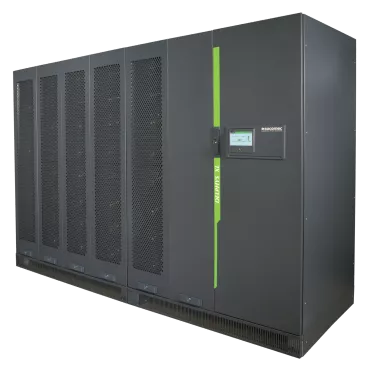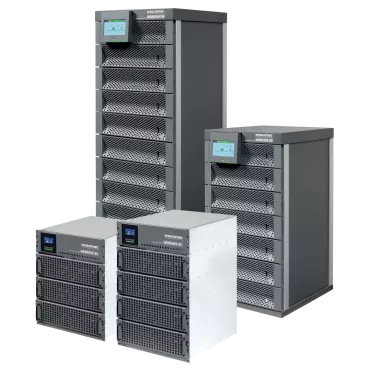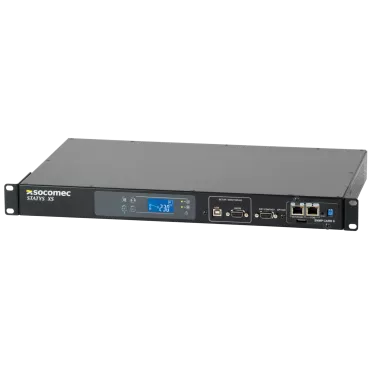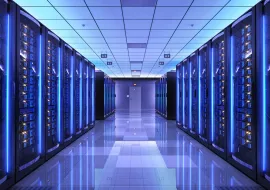Access to our Main Products Categories
Find your solution.
Socomec Group
Power control and safety, energy efficiency, power conversion and energy storage
4200
employees
843
M€ turnover
(not yet audited)
8%
of turnover in R&D
30
subsidiaries
An electrical equipment engineering and manufacturing company, specialising in low voltage energy performance.
An international Group with the culture and values of a family-owned company:
- Ensuring sustainable growth through independence and long-term vision
- Fostering a strong company culture every day: Responsibility - Openness - Commitment
- Creating value for our customers through innovation, expertise and skills
News and Events















